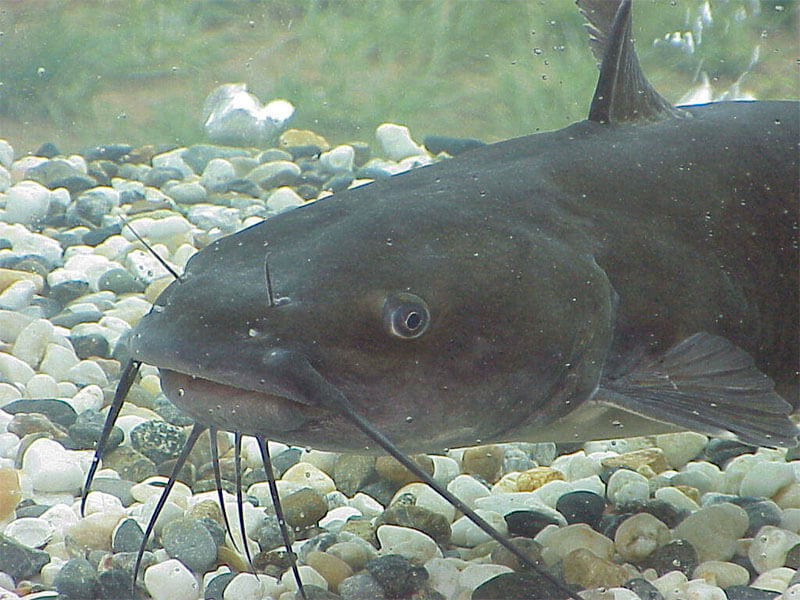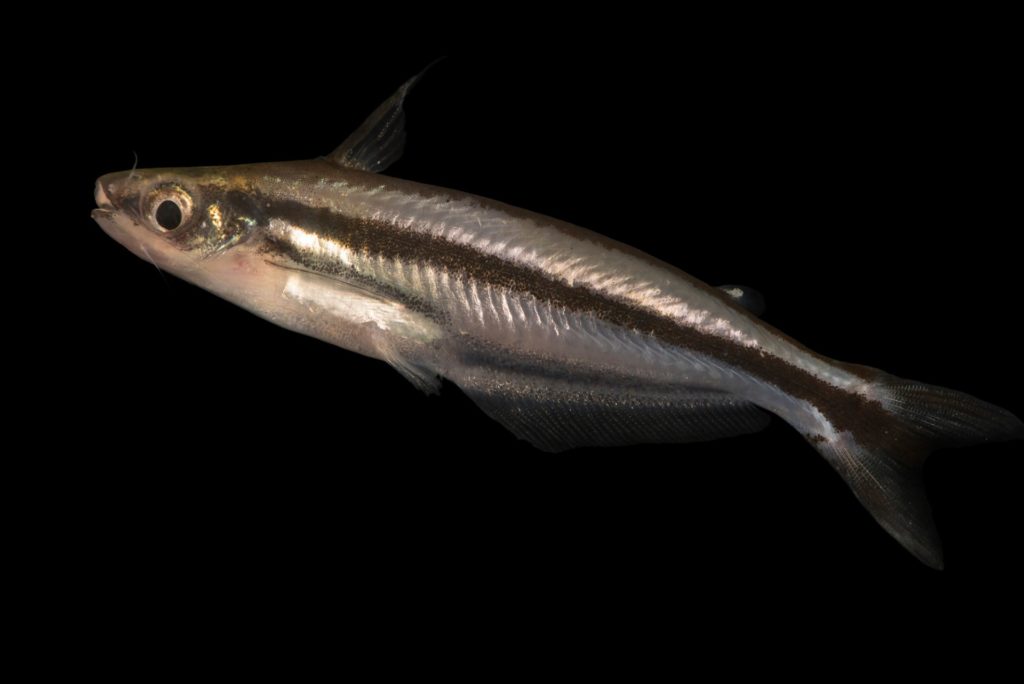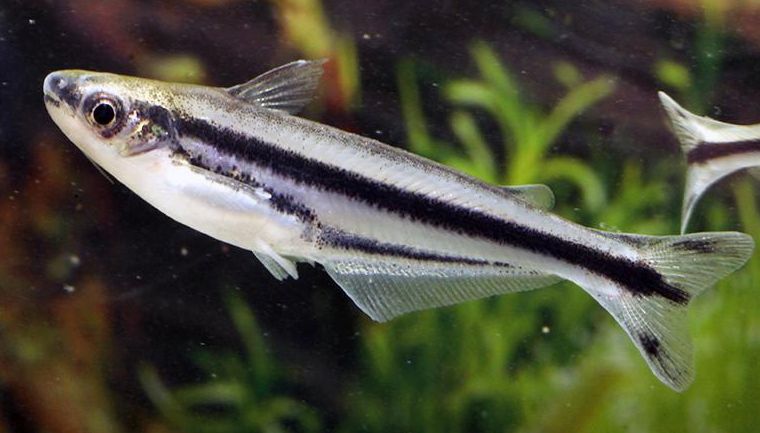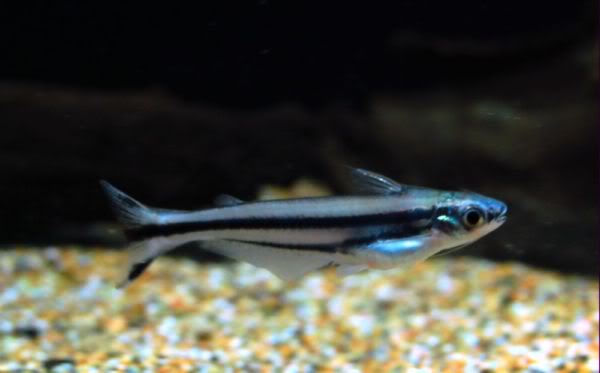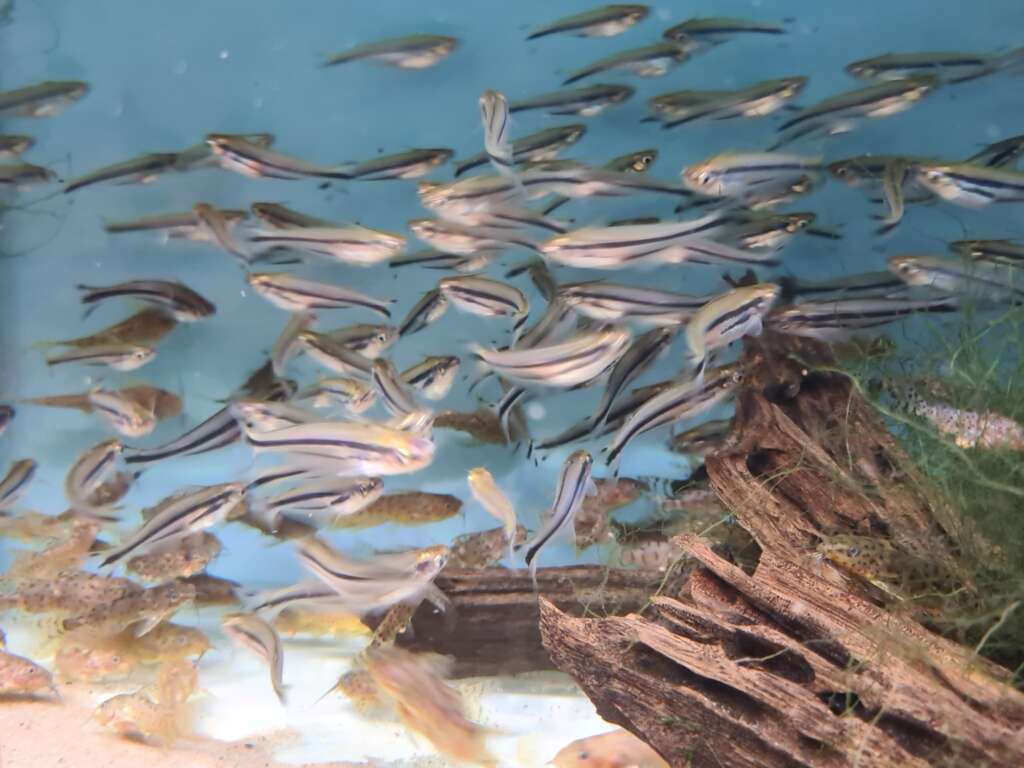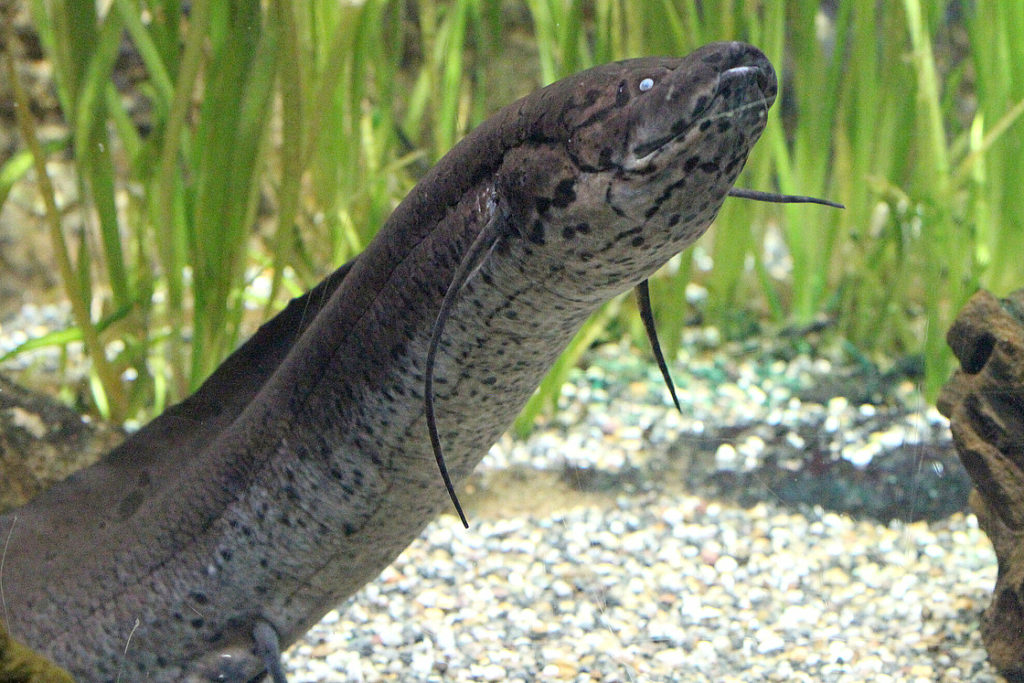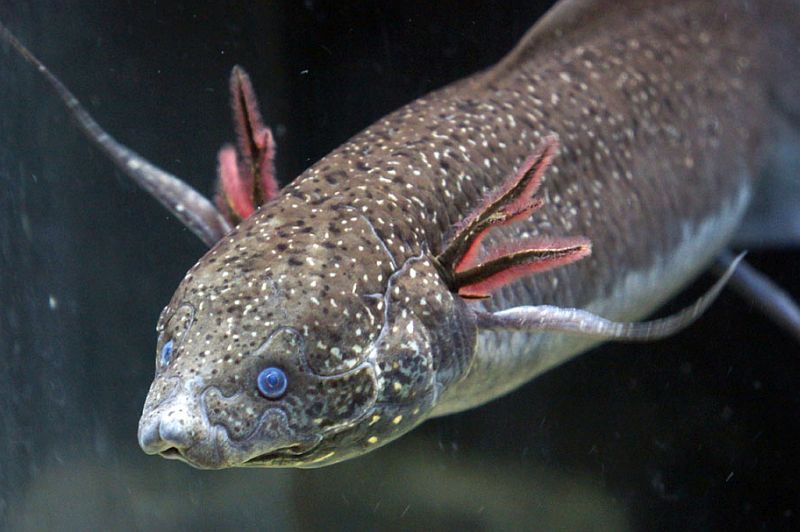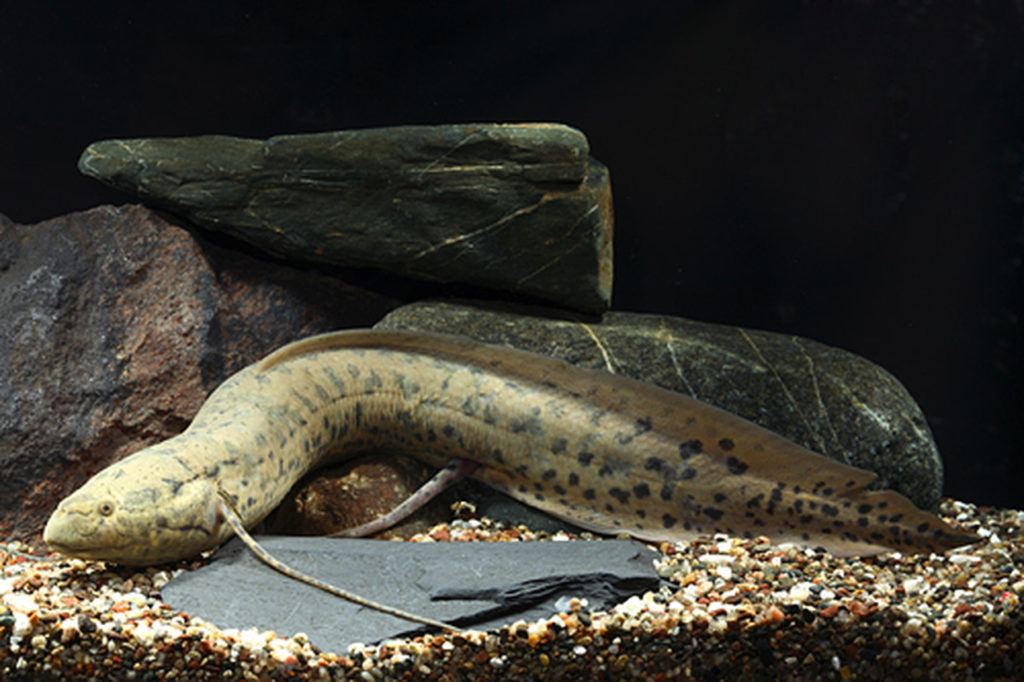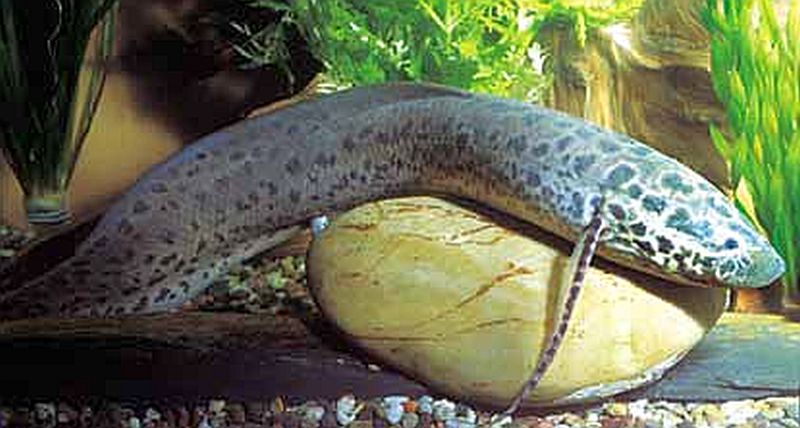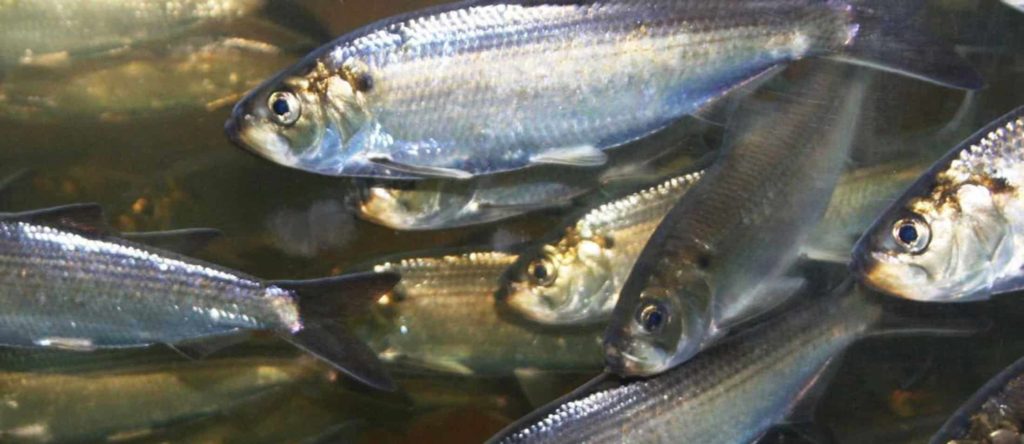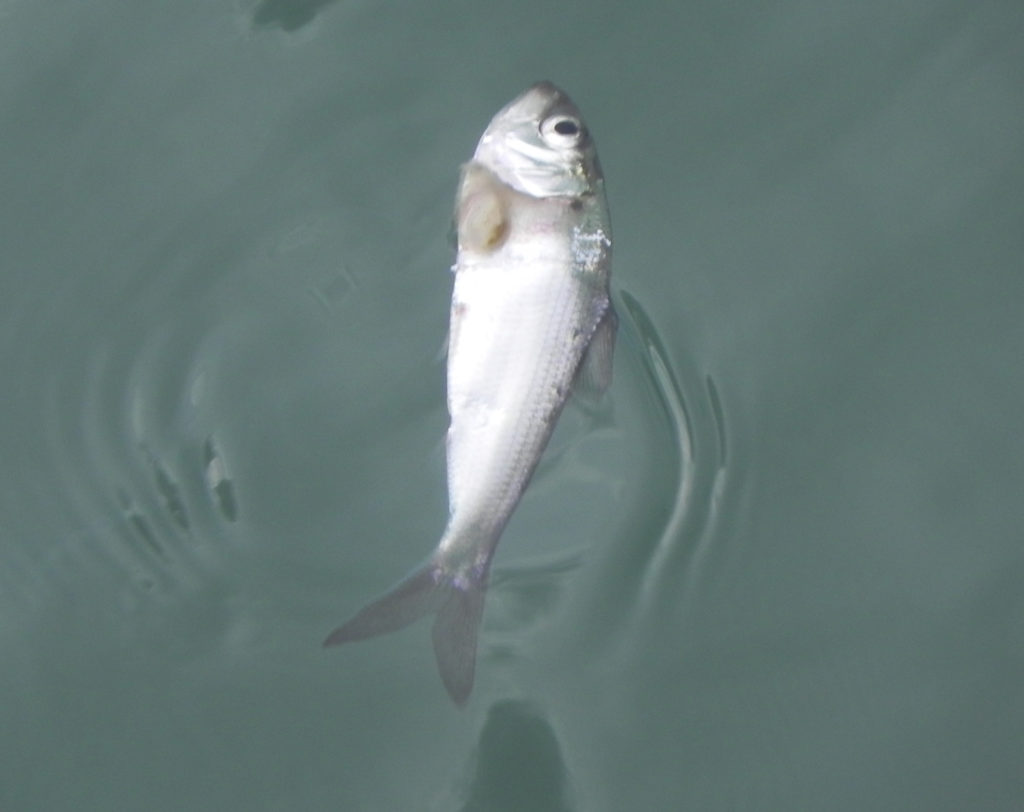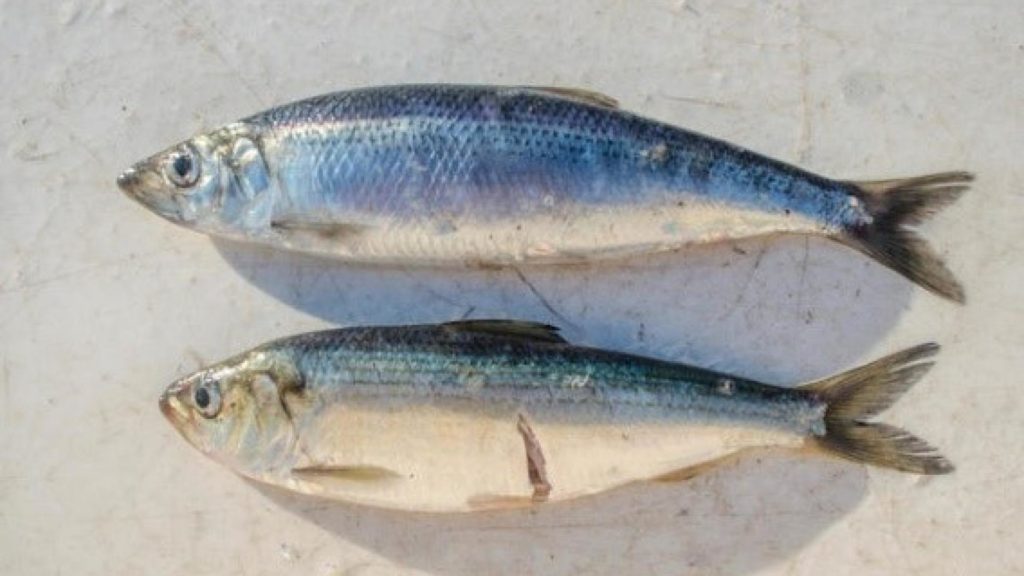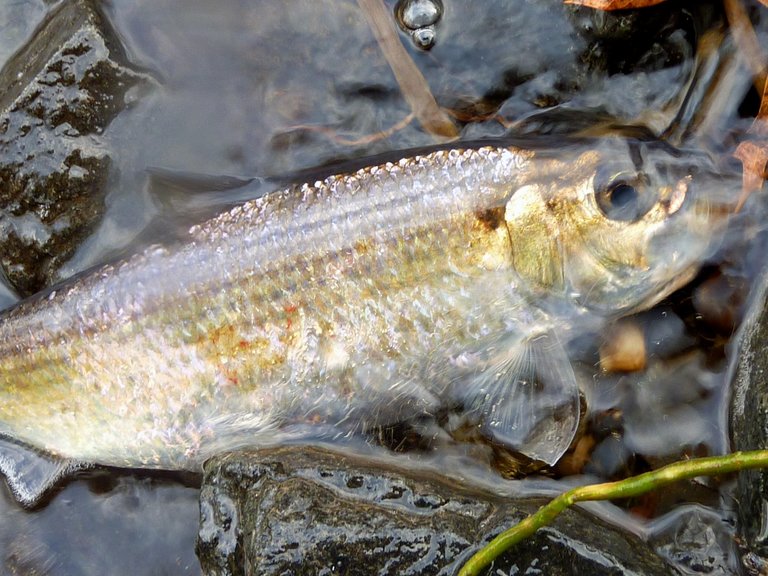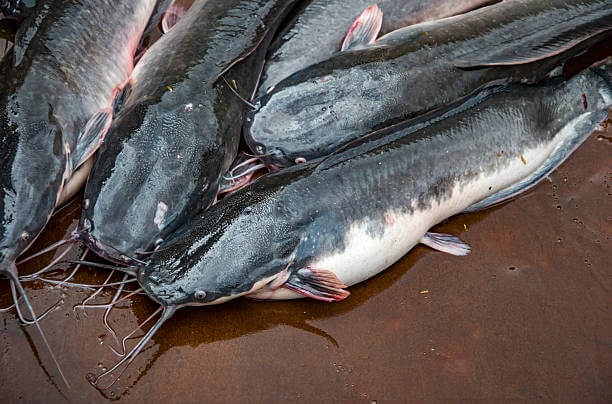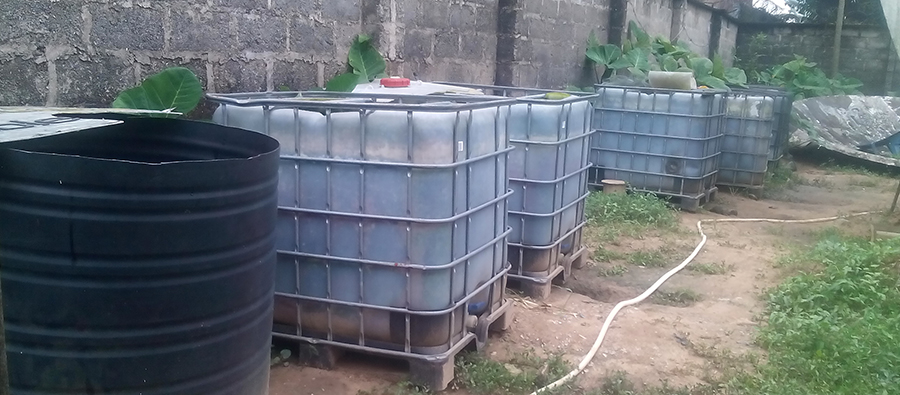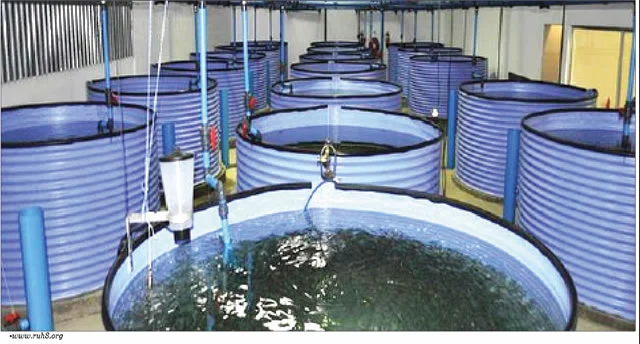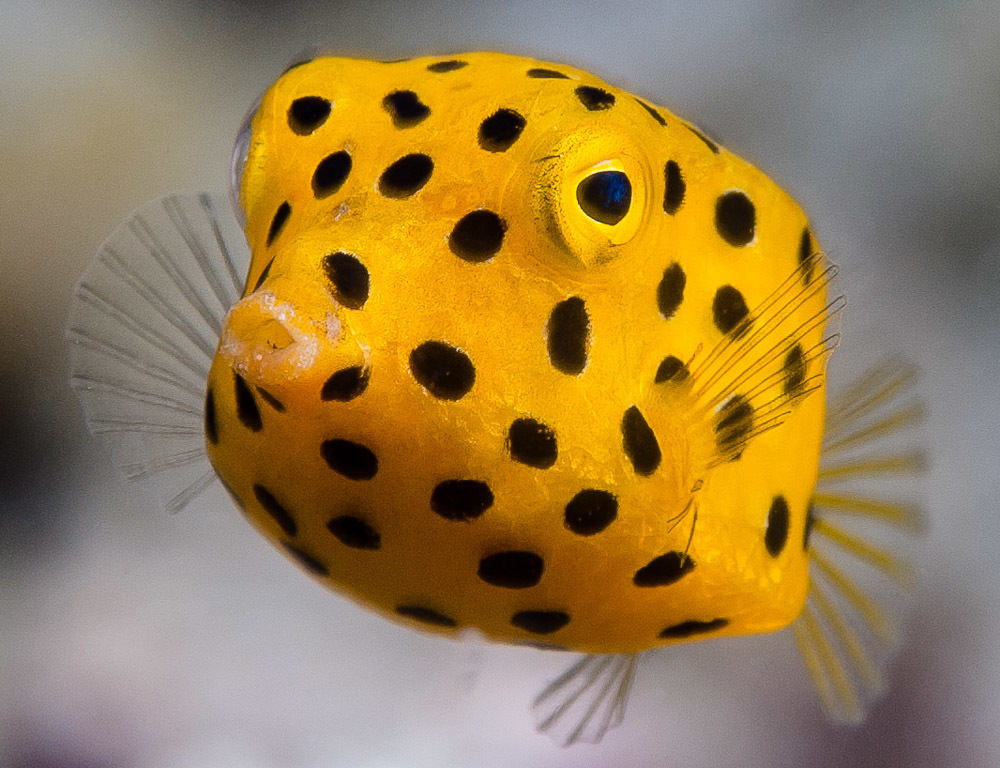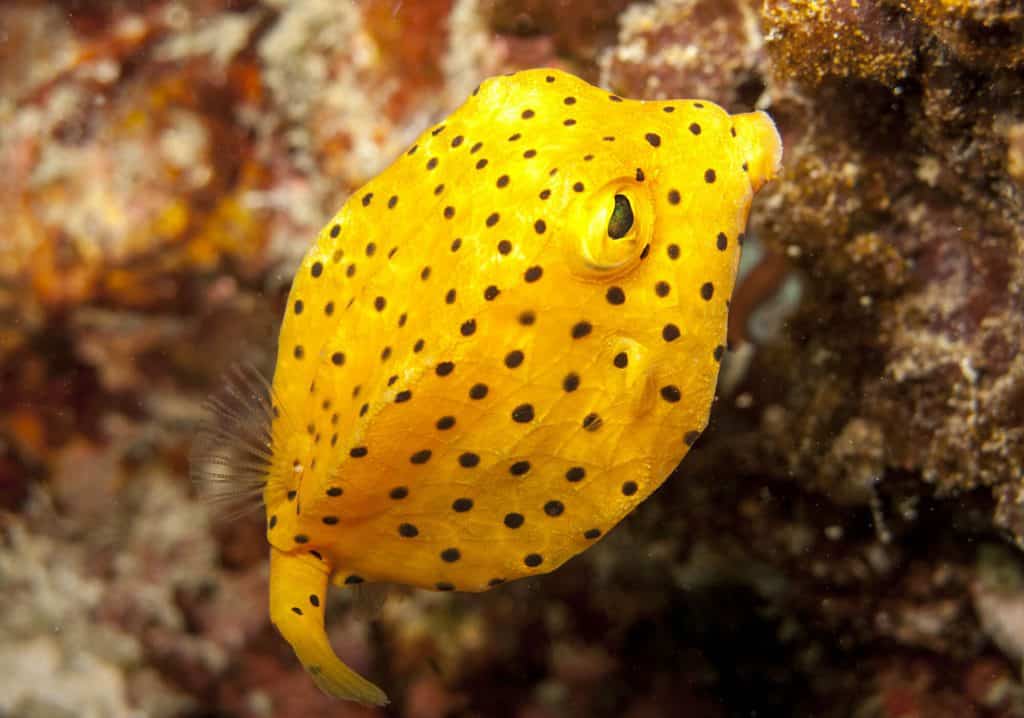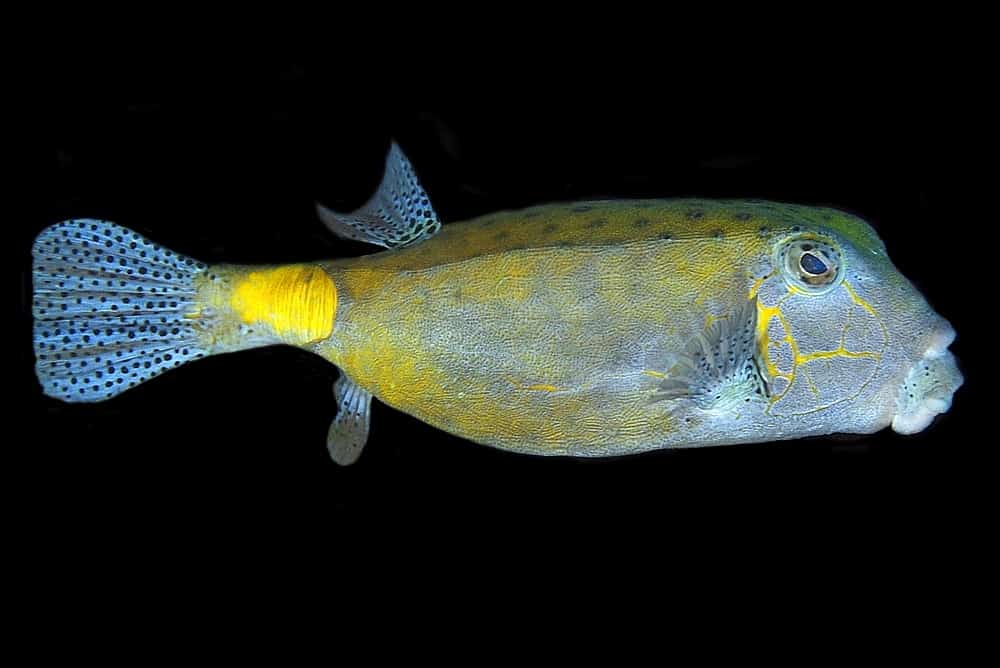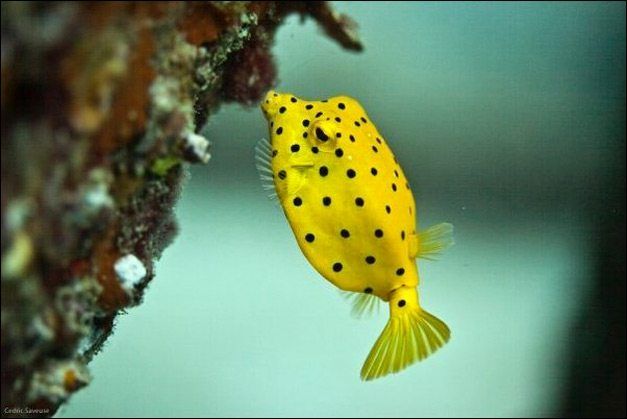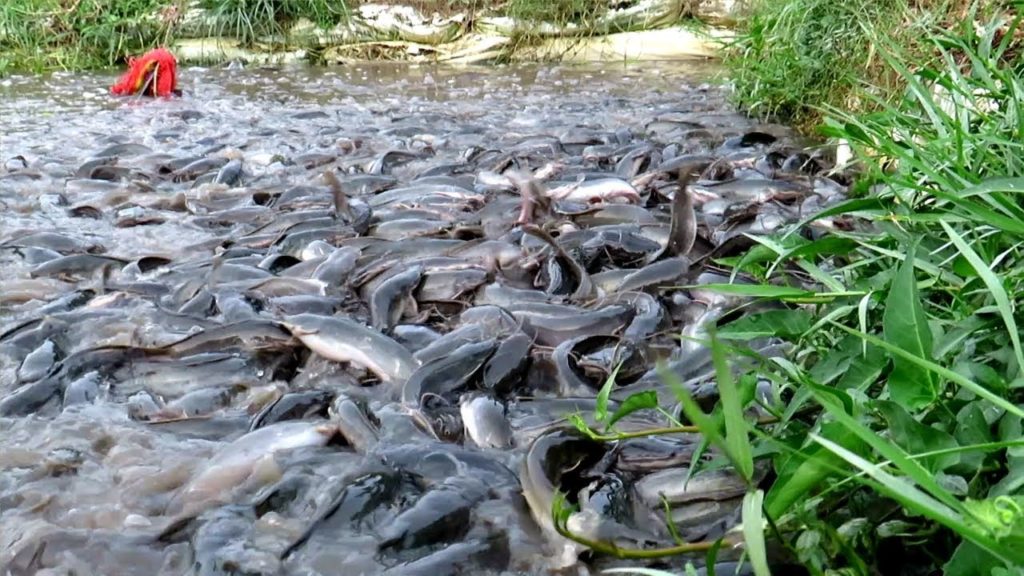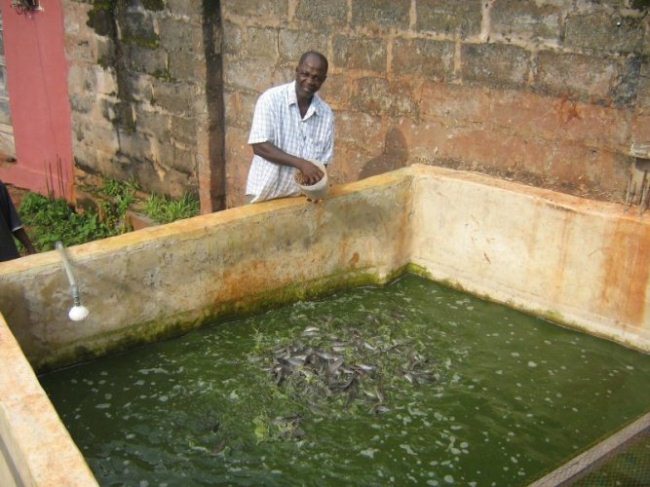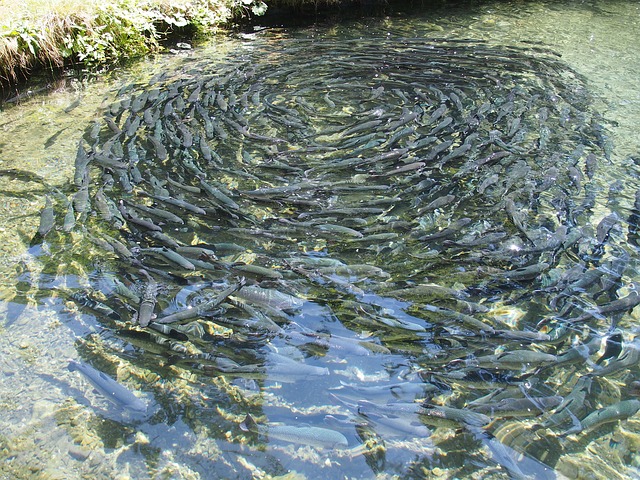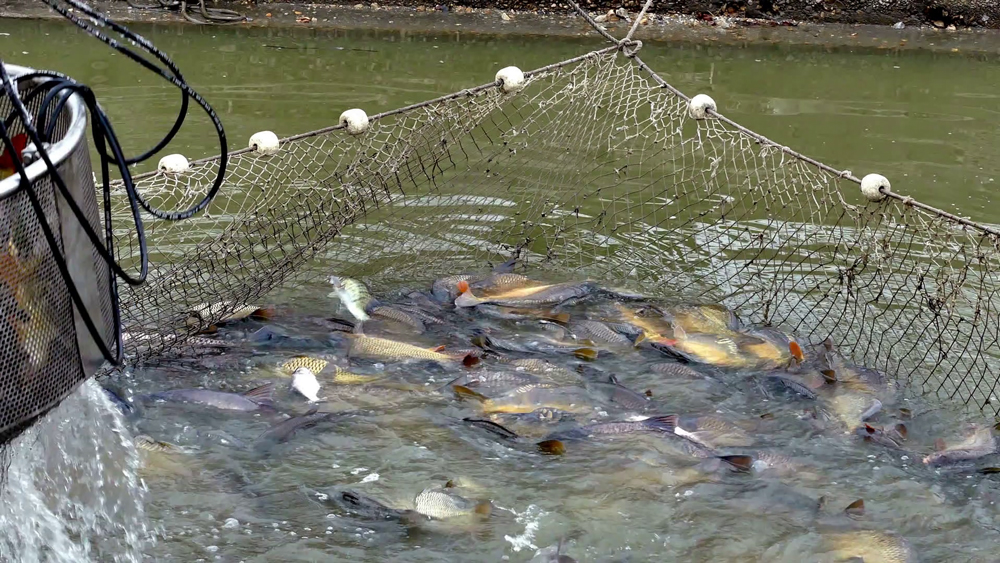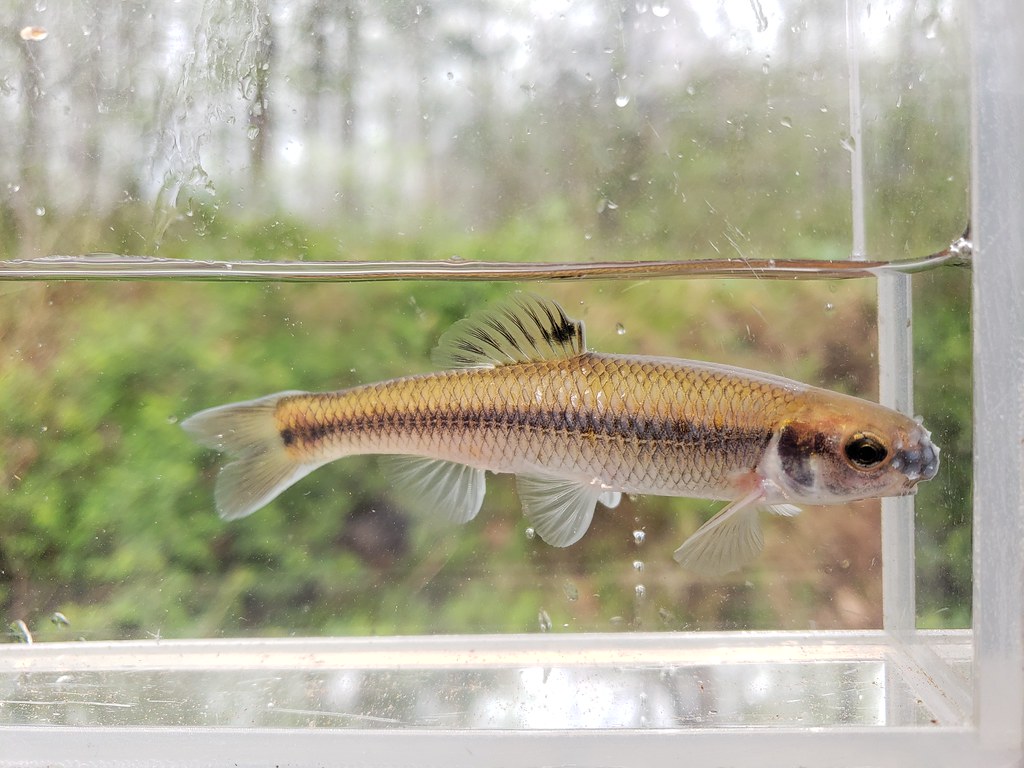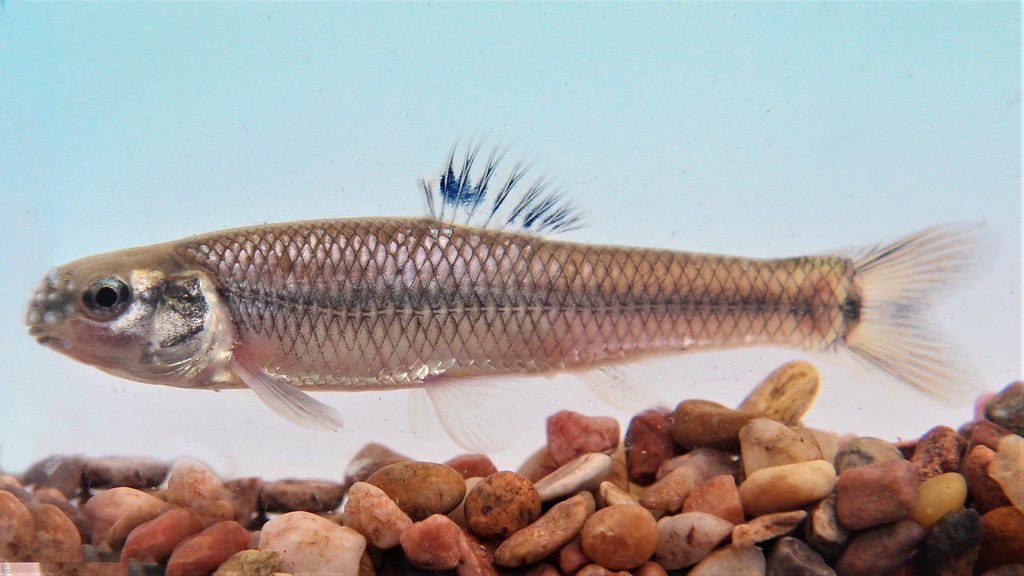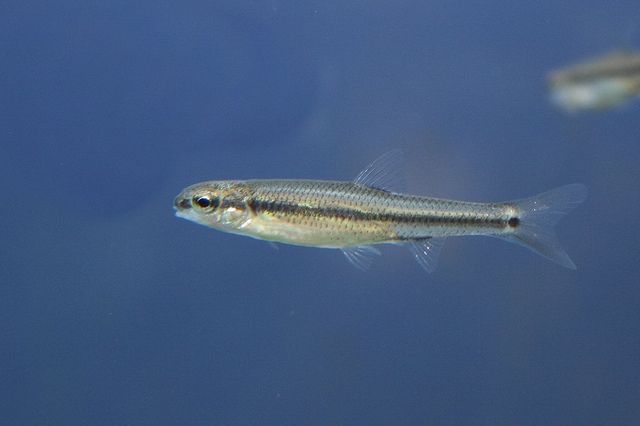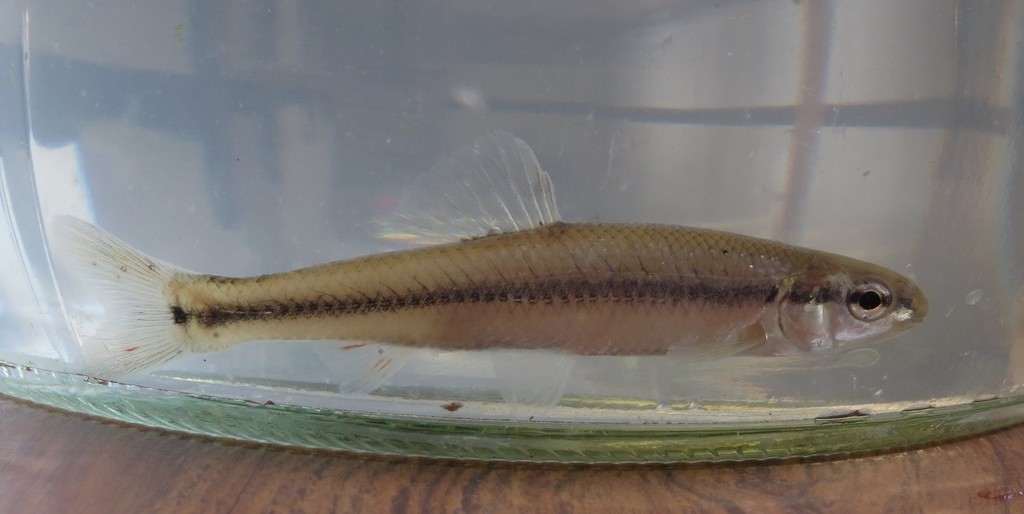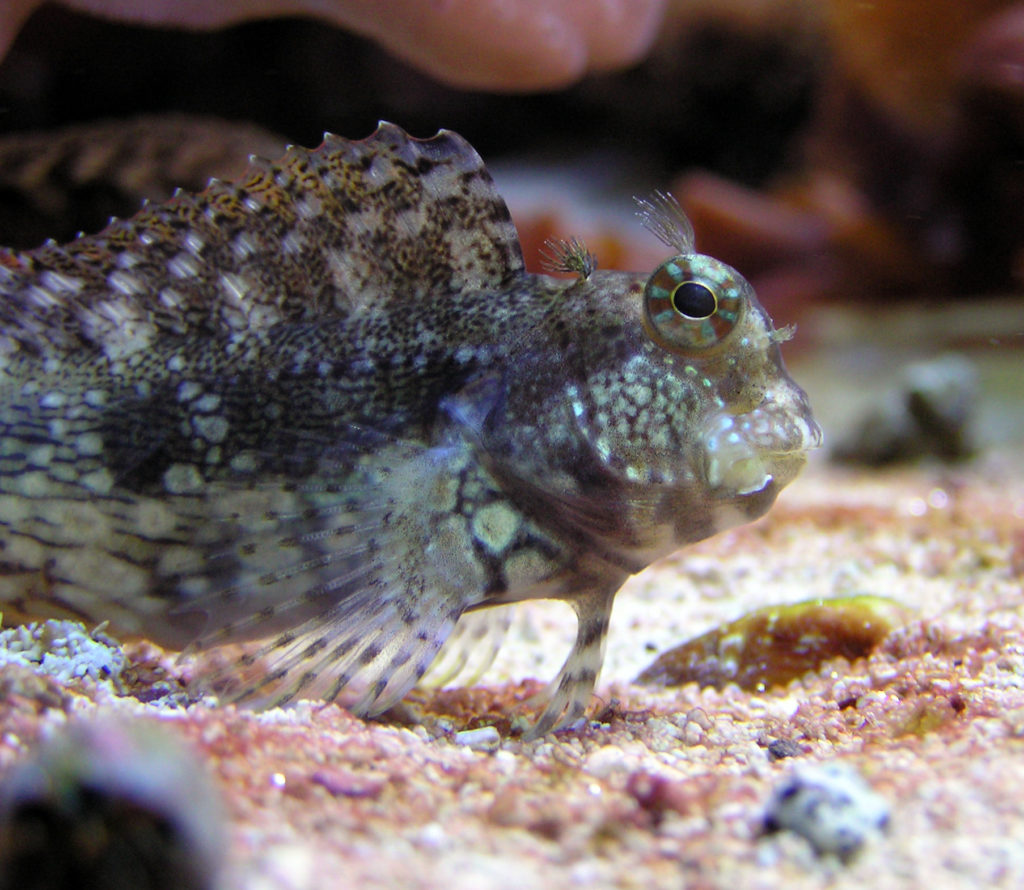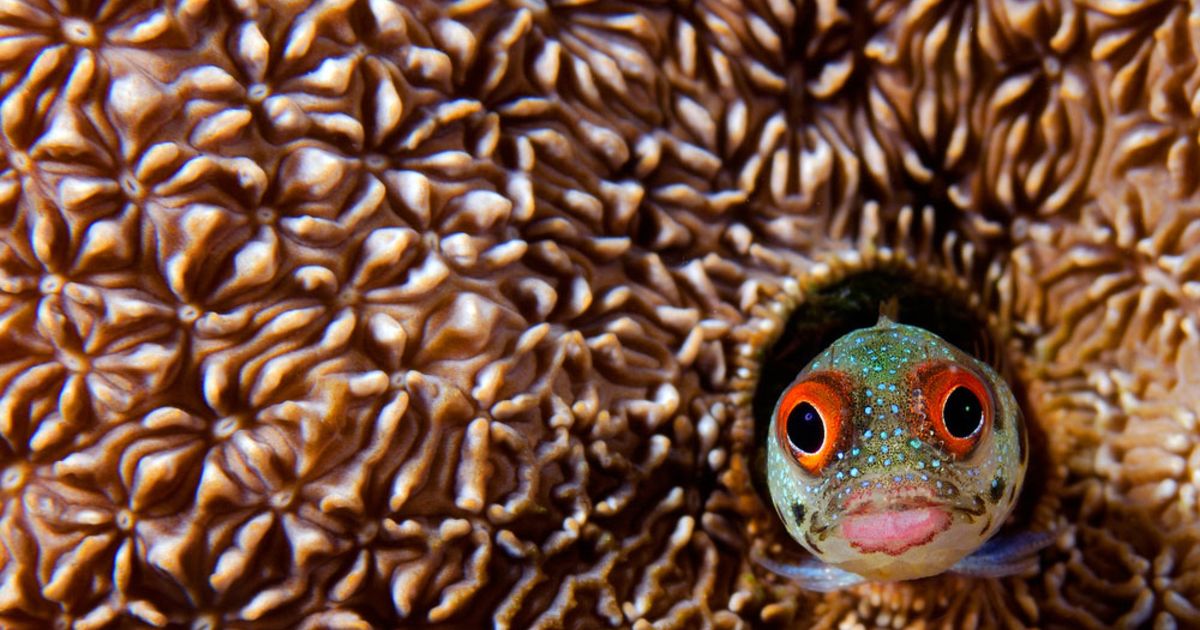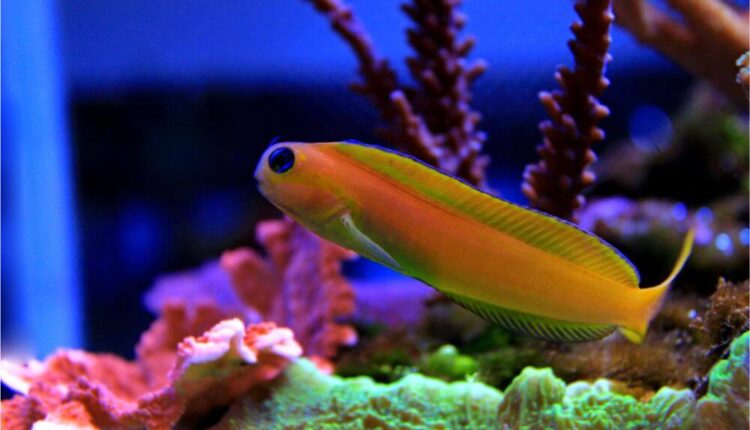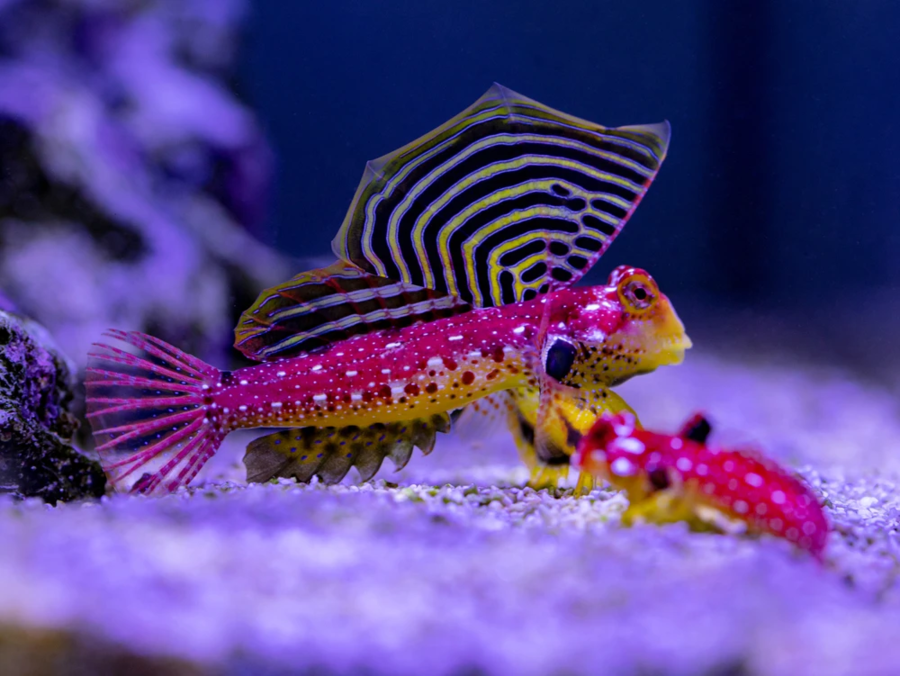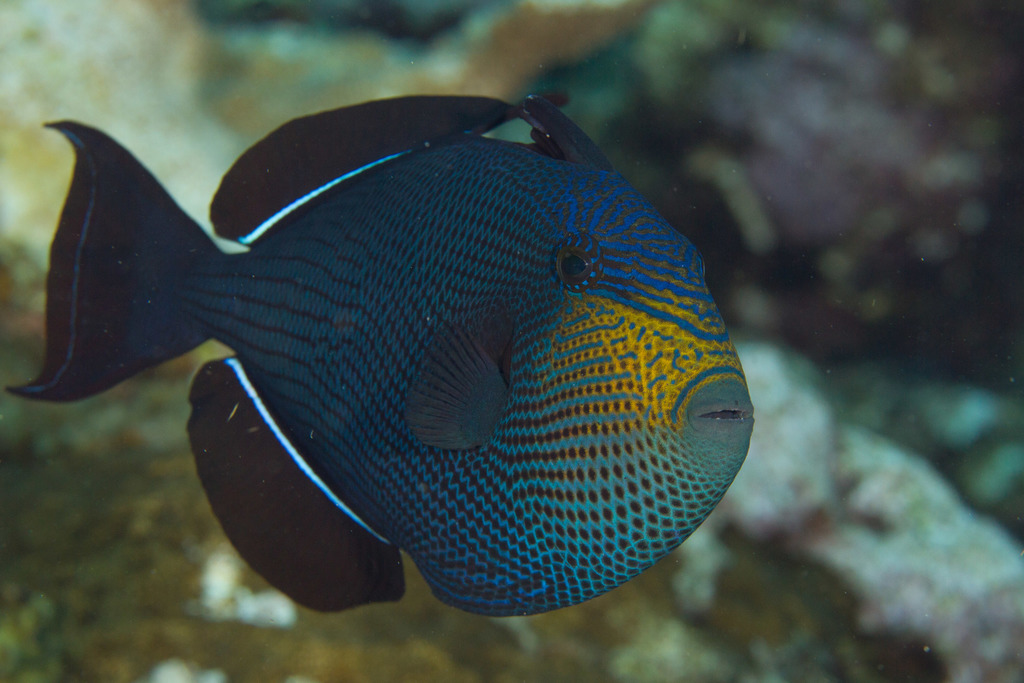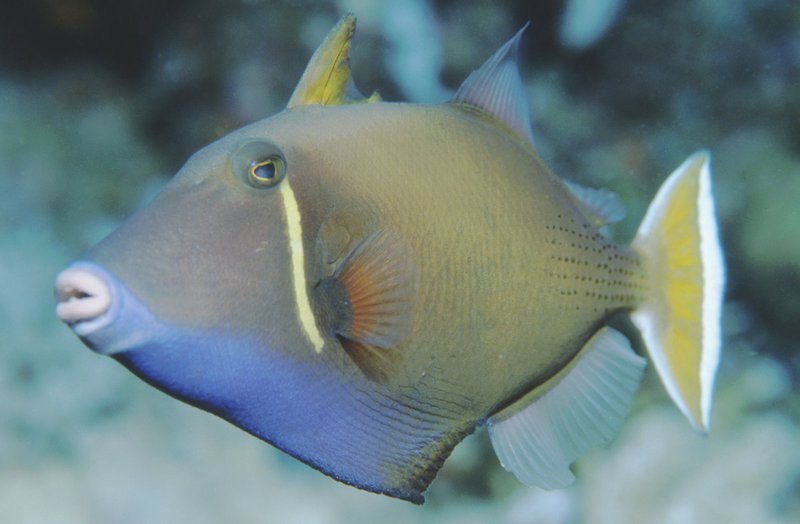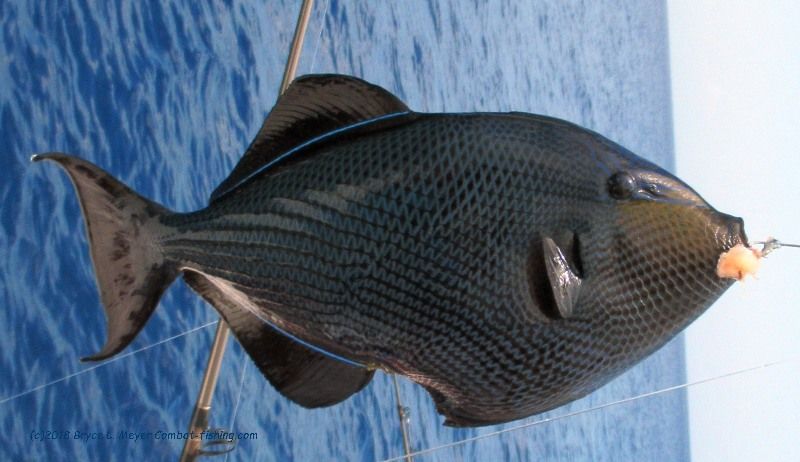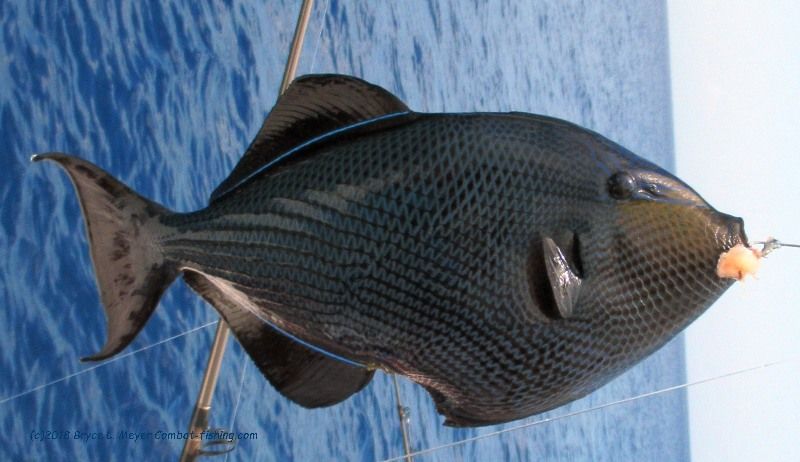Introduction
Discover the flourishing world of fish farming in Nigeria, where innovative techniques and abundant resources combine to form a thriving industry. Uncover the secrets behind Nigeria’s success in aquaculture and explore the vast potential it holds for the future.
Fish farming in Nigeria is one of the most profitable agribusinesses in Nigeria, and as such, investing in agribusiness is a wise move, especially given the strong local demand and export possibilities. Actual Manufacturing Procedures The fish cycle begins with the delivery of fingerlings from the market to the pond, followed by feeding them various diets until they are ready to be harvested and sold at the market.
Fish farming, also known as aquaculture, is a rapidly growing industry in Nigeria. With its vast coastlines, abundant freshwater resources, and a growing demand for fish, the country has embraced fish farming as a way to meet the needs of its population while also contributing to economic growth. In this article, we will delve into the various aspects of fish farming in Nigeria, from its history and current state to its challenges and future prospects.
Fish Farming In Nigeria- Fish farming is a company that anyone can invest in. It can be very profitable if you know what you’re doing, or it can be a loss-making endeavor if you don’t. Many people who engage in fish farming in Nigeria do so for financial gain. Catfish farming is practiced by about 80% of Nigerian fish farmers. Catfish is the most prevalent fish utilized in Nigerian aquaculture. Fish farming is possible in all Nigerian cities, towns, and villages. This business can be conducted everywhere in Nigeria.

The quality of fingerlings and other fish seeds, the quality of water, the PH of the water, dissolved oxygen in the water, ammonia, cleanliness of the farm, and turbidity are all elements that contribute to fish farming failure in Nigeria. Fish farming has the advantage of not being seasonal like other types of farming. It can be done both in the rainy and dry seasons.
A Brief History of Fish Farming in Nigeria
Fish farming in Nigeria has a long history that dates back to ancient times. Traditional methods such as fish trapping and pond culture were practiced in different regions of the country. However, it was not until the early 20th century that modern fish farming techniques were introduced.
In the 1950s, the Nigerian government launched several initiatives to promote fish farming and increase domestic fish production. This led to the establishment of fish hatcheries and research centers across the country. The introduction of tilapia, catfish, and other commercially valuable fish species further fueled the growth of the industry.
Fish has been widely farmed in both the southern and northern parts of Nigeria by fish farmers. Around 1950, the first domestication of fish took place in Nigeria. Catfish can be found in Nigeria’s freshwater bodies. Aquaculture is an industry that began over a century ago in Nigeria. In Nigeria, people have always farmed fish, particularly catfish, for decades.
In the 1950s, spawning, breeding, fish farm management, harvesting, and marketing were all part of the catfish domestication attempts in Nigeria. Before some of them switched to aquaculture, fishermen in Nigeria utilized boats, nets, and hooks to collect fish in rivers and other freshwater bodies.
The Current State of Fish Farming in Nigeria
Today, fish farming has become a significant contributor to Nigeria’s economy and food security. The country boasts a diverse aquaculture sector, ranging from small-scale subsistence farmers to large commercial enterprises. The production of catfish and tilapia dominates the industry, though other species such as carps, mackerel, and shrimp are also cultivated.
Nigeria has witnessed a remarkable increase in fish production over the years. According to the Nigerian Institute for Oceanography and Marine Research (NIOMR), fish production in the country exceeded 1 million tons in 2019, with more than 80% of it coming from fish farms. This remarkable growth can be attributed to various factors, including favorable climatic conditions, the availability of suitable land and water resources, and the increasing demand for fish.
Habitat for Fish Farming in Nigeria
Fish Farming In Nigeria- Fish is found throughout Nigeria. It can be found practically everywhere in Nigeria in its natural habitat. Rivers, floodplains, lakes, streams, and wetlands are all home to fish. They can travel from larger bodies of water to flooded areas to reproduce and then return to their original habitat. fish migrate in uncultured water primarily for the purpose of reproduction. fish are raised in tarpaulin-lined pits, earthen ponds, concrete ponds, plastic tanks, and fiberglass, among other places in Nigeria.
Fingerlings are usually purchased from established catfish farms, but they can also be found in Nigeria’s flooded plains near rivers and dams. Following the introduction of fingerlings to the farms, fingerlings are fed grains and soya meals on a regular basis.
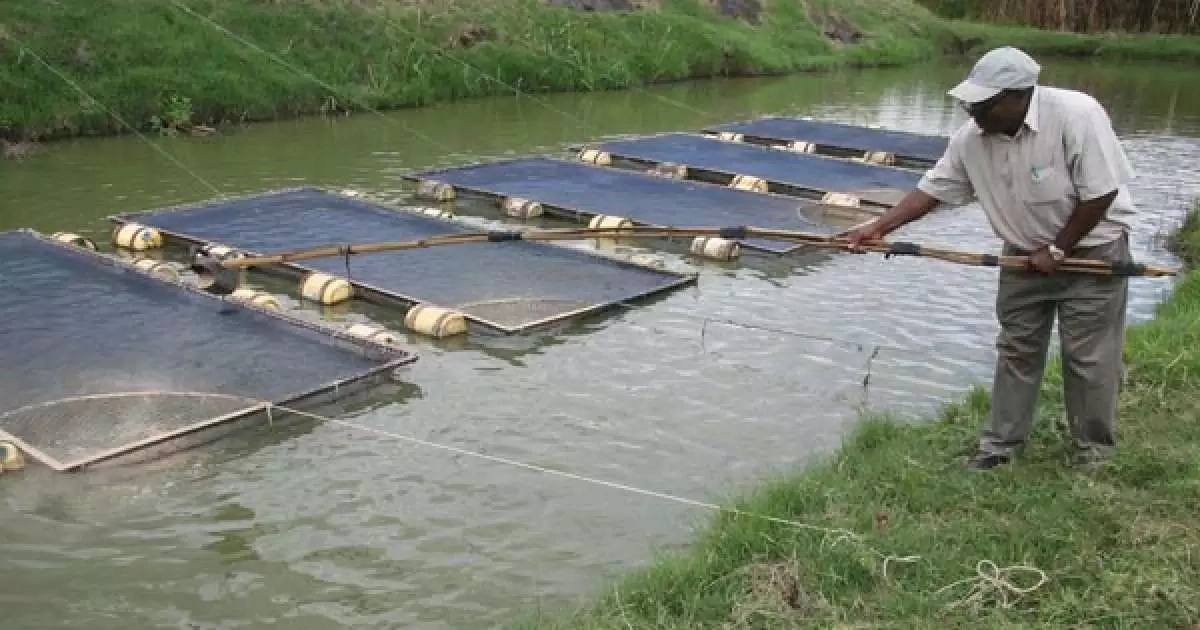
Fish Farming In Nigeria-Large hatcheries managed by professional fish growers in Nigeria have intense recirculation systems. These hatcheries use genetically enhanced broodstock and live creatures as feed. The success rate of eggs to fry in these hatcheries is around 70%, with some hatcheries reporting success rates of over 80%. The demand for fish fingerlings in Nigeria is enormous. It significantly outnumbers the available supply.
In Nigeria, earthen ponds are commonly used to raise fish. This form of fish farming entails excavating a specific amount of land and converting it into a pond where fish may be stocked, fed, and harvested when they reach maturity. Most fish farmers in Nigeria choose to raise their fish in ponds.
Tanks are frequently used in Nigeria’s urban regions. Unlike ponds, using tanks to cultivate fish does not necessitate any specific expertise or technicians. Fish tanks can be purchased on the open market and set up in a matter of hours. The tank might be made of plastic, steel, or concrete.
Challenges of Fish farming in Nigeria
The following are some of the problems and risks of fish farming in Nigeria:
- Fingerling Quality: Poor quality fingerlings could perish or fail to grow, resulting in a loss of investment.
- Fish farming requires significantly more capital than poultry or snail farming. Setting up a fish farm necessitates more meticulous planning and substantial financial investment.
- Failure of the water supply: A break in the water supply is potentially dangerous to the fish, and if it happens, the fish have a high chance of dying.
- Fish Loss: This loss could be due to sickness harming your pond’s fingerlings. Enteric Septicemia, Columnaris, Aeromonas, Virions, Tape Worms, Round Worms, Flukes, and other disorders are among them.
- Fish are extremely difficult to handle, and even the tiniest oversight can result in degenerative growth or even death, resulting in significant revenue loss.
- Contamination of the water: Spillage into the ponds could cut off oxygen access to the fingerlings or fish, killing them.
Management of Fish Farming in Nigeria

Fish Farming In Nigeria- Fish producers should make every effort to follow all applicable laws and regulations in the country and region in which they operate. Fish producers in various Nigerian states must obtain governmental permissions in order to practice fish farming in certain locations. Small-scale fish producers are exempt from these permits.
Big Fish producers may need to apply for these permissions to be safe and avoid doing anything that is unlawful in the area where they operate. Water bodies should not be polluted by effluents that can harm residents, plants, and animals who use the water. Fish farm waste should be appropriately disposed of.
Advantages of Fish Farming in Nigeria
1. High Demand for Fish
“With a population of over 200 million people, Nigeria has a significant demand for fish. This provides a ready market for fish farmers, ensuring a consistent demand and favorable market prices.”
Fish is a widely consumed protein source in Nigeria, making it an essential part of the local diet. The skyrocketing demand for fish, coupled with limited supply from traditional fisheries, creates an enormous opportunity for fish farmers to cater to the local market.
2. Abundant Natural Resources
“Nigeria’s extensive coastline, numerous rivers, and large inland water bodies provide an abundance of natural resources for fish farming. This availability of water resources is a valuable asset for fish farmers.”
Nigeria is blessed with an extensive coastline that stretches over 853 kilometers, numerous rivers such as the Niger, Benue, and Cross, and a significant number of lakes and reservoirs. These freshwater resources provide ideal conditions for fish farming and offer a wide range of options for farmers to choose from.
3. Economic Empowerment and Employment Generation
“Fish farming in Nigeria serves as a means of economic empowerment and employment generation. It offers opportunities for individuals to start their own businesses and contributes to the nation’s economy.”
Fish farming has the potential to uplift communities and improve living standards. By creating job opportunities and stimulating economic growth, it plays a vital role in poverty reduction and empowerment. The industry generates income for both farmers and their employees, contributing to the overall development of the country.
Challenges Faced by Fish Farmers in Nigeria
While fish farming in Nigeria has seen significant progress, it is not without its challenges. Some of the common difficulties faced by fish farmers include:
1. Limited Access to Funds and Credit
Obtaining adequate funding and credit is often a significant hurdle for aspiring fish farmers. Adequate financial support, in the form of loans and grants, is necessary to purchase equipment, construct fish ponds, and acquire high-quality fingerlings and fish feed. Improving access to finance is crucial to the expansion and sustainability of the industry.
2. Inadequate Infrastructure and Technology
The lack of infrastructure, including good road networks, electricity, and storage facilities, poses challenges to fish farmers. Additionally, limited access to technology and technical know-how inhibits the adoption of efficient farming practices. The government and private sector must work together to bridge these gaps and provide necessary support to farmers.
3. Quality Control and Disease Management
Fish farmers face the constant threat of diseases and infections that can devastate their fish stocks. Maintaining proper water quality, implementing biosecurity measures, and practicing good farm management are essential to prevent disease outbreaks. The establishment of disease diagnostic laboratories and training programs can aid in disease control and prevention.
The Future of Fish Farming in Nigeria
Despite the challenges, the future of fish farming in Nigeria looks promising. The government has recognized the potential of the industry and initiated various policies and programs to support its growth. These initiatives include providing training and capacity-building programs for farmers, promoting research and development, and establishing marketing platforms to facilitate access to markets.
Furthermore, there is a growing trend of private sector investment in the aquaculture industry. Local and international investors are recognizing the opportunities in Nigerian fish farming and are actively investing in large-scale commercial operations. This influx of capital and expertise is expected to drive innovation and improve productivity in the sector.
RECOMMENDED ARTICLES
- Catfish Farming: The Beginner’s Guide & Expert Tips for Successful Catfish Farming Business
- Small Scale Catfish Farming Business Plan And The Ideal
- Fish Farming For Beginners – 7 Comprehensive Factors To Consider And Benefits
Conclusion
Fish farming has emerged as a thriving industry in Nigeria, contributing significantly to the country’s food security and economic development. With its abundant natural resources, high demand for fish, and growing investment, the future of fish farming in Nigeria is bright. By addressing the challenges faced by fish farmers and providing them with necessary support, the country can unlock the immense potential of its aquaculture sector, ensuring sustainable growth and a healthier future for all.

